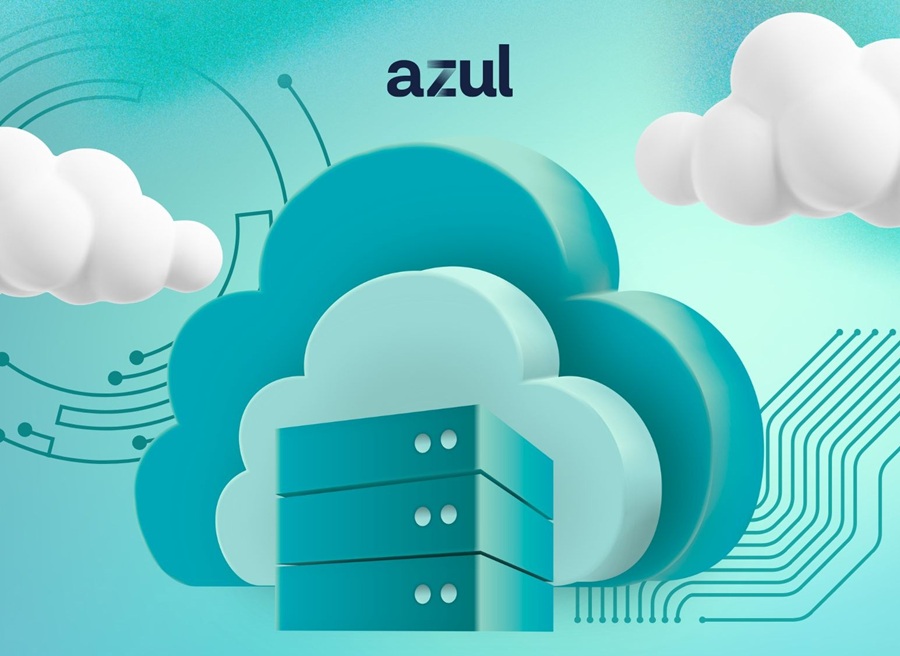All organization should make user experience a top priority. After database, no software has become more strategic than a unified performance management platform. If applications don't perform to end user expectations, return on investment (ROI) and risk management objectives cannot be achieved. Employee engagement falters, customer loyalty erodes and the company lags behind its peer group in financial performance and market valuation.
Applications have become the life blood of the business. Enterprises increasingly rely on them to run their entire operations. As companies seek to optimize their technology spend, more of the applications that users engage with will run in a service provider's data center. Tech-Tonics Advisors expects this trend will only continue as enterprises adopt DevOps practices and move more workloads to the cloud.
Meanwhile, users are increasingly accessing these applications with a mobile device. Rising usage is being driven by the explosion in the number of apps available and the ease of accessibility. Growing enterprise BYOD (bring your own device) programs is also causing users to spend more time on their devices. Tech-Tonics projects this theme will continue as well, driven by DevOps and HTML5 adoption for cross-platform deployments.
These trends raise complexity and put more pressure on already resource-constrained IT teams. Distributed architectures and modern applications require a finer granularity of performance data to gain operational intelligence across the entire application delivery chain. Yet as more applications reside outside of the enterprise, more components along the chain are obscured from IT and line of business owners.
A Performance Platform Must Meet User Expectations
Nothing shines a light on an IT team's success or failure as application and website performance. But it's no longer good enough for an application to work; it now needs to work to end-user expectations.
Users' tolerance for poor application or website performance continues to shrink. Failure at any point along the application delivery chain can turn a satisfied user into a frustrated one. Once page loads take more than three seconds, frustration grows. If that user is an employee, productivity drops and so does their engagement.
If the end user is a customer, the cost can be much higher in the form of eroded loyalty, lost business and damaged reputation. Consequently, application downtime is no longer just a performance problem; it's a customer service problem.
And service outages can be quite costly. Depending on the industry sector, slow responsiveness or complete outage (brownouts or downtime) of a company's most business critical application can cost between $100,000 and $1 million per hour.
Yet the more business processes come to depend on multiple applications and the underlying infrastructure, the more susceptible they are to performance degradation. This makes it more important than ever to monitor and manage the end user experience across all environments, including physical, virtual, cloud, mobile and mainframe.
Performance has historically been measured at the individual component or system level, such as a network device or connection, a firewall or load balancer, a database or a web application server. As environments have become more complex, the sum-of-the-parts approach does not accurately reflect true user experience. Analyzing or mitigating risk in only one component of the system does little to prevent disastrous events or failures. In fact, they can be amplified, as one component affects another and then another, spreading risk throughout the system.
More enterprises have recognized the need for a new generation of performance analytics techniques that go beyond the scope of traditional monitoring tools, which were designed for smaller and more static environments. They need to understand what levels of performance (i.e. speed and availability) are needed from their cloud-based and mobile applications in order to deliver fast, reliable and highly satisfying end-user experiences.
IT teams need to adapt a more strategic, holistic approach to assure user experience. A comprehensive performance analytics platform provides visibility across the entire application delivery chain – from behind the firewall and out to the Web, including third-party cloud providers and mobile apps. The business cases for such an approach are customer satisfaction and operational efficiency. User experience that meets customer expectations is the key to employee engagement and building customer loyalty.
Our recently completed study of S&P 500 companies establishes a clear link between a strategic approach to user experience and financial performance. Revenue growth, margins, valuations and share price performance were all higher for these companies relative to their respective peer group. These companies outperform because they provide consistently outstanding user experiences that help their customers succeed.

